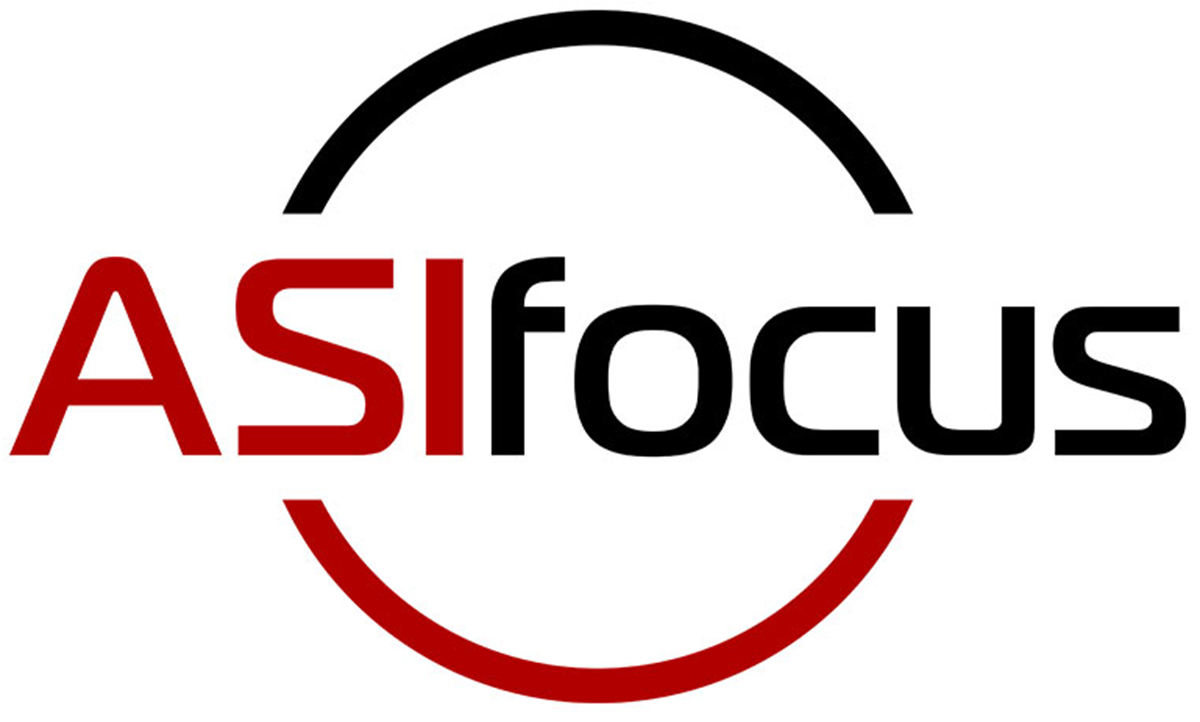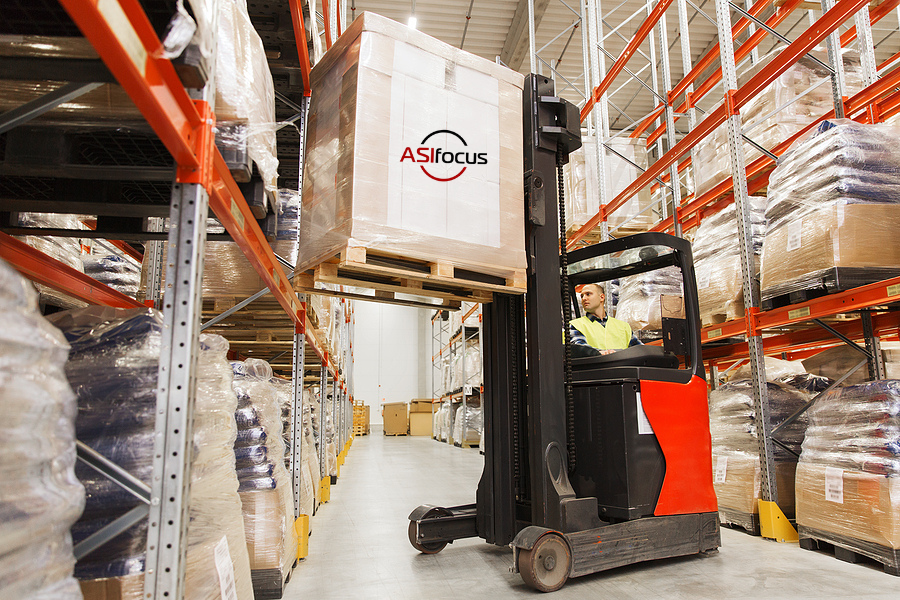If you’re running a wholesale distribution business, chances are you’ve got a few different systems running the show—maybe a CRM for sales, another tool for accounting, something separate for inventory, and maybe even a spreadsheet or two for everything in between.
Sound familiar?
Here’s the thing: even if each of those systems works well on its own, problems start popping up when they don’t play nicely together. Data gets stuck in silos, teams don’t have access to the same information, and suddenly you’re back to relying on spreadsheets and manual workarounds. It’s inefficient, frustrating, and honestly, just not sustainable long term.
So, what’s the fix?
It might be time to look at a modern wholesale distribution ERP system—a single platform that pulls everything together and gives you a clear view of your entire operation.
What Is Wholesale Distribution ERP Software?
Think of wholesale distribution ERP software as your business command center. It handles everything from sales orders and purchase orders to warehouse operations and inventory management.
But unlike a patchwork of separate systems, an ERP brings all those functions into one connected platform. That means you get built-in financials, customer relationship management (CRM), inventory tracking, and business intelligence tools—without needing complex integrations or third-party add-ons.
In short, it gives you the power to make smart, fast decisions with up-to-date information from a single source of truth.
How Can It Help Your Business?
Let’s break down some of the key benefits of wholesale distribution ERP software—and how it can make life easier.
1. Smarter Inventory Management
Inventory is the heart of your business. But keeping track of what’s in stock—and where—can get messy fast, especially if you’re managing multiple warehouses or a wide variety of products.
With an ERP system, you get real-time inventory visibility. You can see what’s coming in, what’s going out, and what’s on backorder—all in one place. Tools like lot and serial tracking make it easier to trace products, while automated workflows help reduce manual errors and stockouts.
You’ll also get better demand forecasting by analyzing past trends and current stock levels, so you’re not left scrambling to fill orders or stuck with excess inventory collecting dust.
2. Better Control Over the Supply Chain
Let’s be honest—the supply chain hasn’t been easy to manage these past few years. Between rising costs, labor shortages, and shipping delays, staying on top of orders and deliveries can feel like a full-time job.
ERP software helps by giving you real-time updates on order status, delivery timelines, and inventory changes. If something’s delayed or off track, you’ll know right away and can make quick adjustments.
It also gives you the tools to analyze sales data, monitor vendor performance, and strengthen supplier relationships—so you’re not just reacting to problems, but actively improving how your supply chain operates.
3. Seamless Omnichannel Selling
Today’s customers expect options. Whether they’re ordering online, calling in, or buying in person, they want a seamless experience—and they want it fast.
That’s where omnichannel commerce comes in. A strong ERP system supports online sales, in-store transactions, and everything in between. More importantly, it connects those channels behind the scenes, so your customers get a smooth experience, and your team isn’t stuck juggling disconnected systems.
From order tracking to returns to personalized promotions, a good ERP makes it easy to manage all your sales channels in one place.
4. Streamlined Financial Management
Let’s talk about accounting. General ledger, accounts payable, receivable, payroll, tax management—the list goes on. Managing all of that manually or across different systems? That’s a recipe for errors and delays.
With ERP software, all your financial data is connected. You get accurate, real-time visibility into cash flow, profitability, and performance. Plus, you can build custom dashboards and reports to analyze what’s working and where you need to adjust.
No more waiting until the end of the month to find out what happened, now you can stay ahead of the game.
Choosing the Right ERP: What to Look For
Of course, not all ERP systems are created equal. The best solution for your business should cover all your critical processes—without being overly complex or rigid.
As you evaluate options, here are a few must-have features to look for:
- Order processing and fulfillment capabilities
- Demand forecasting tools
- Supplier relationship management
- Flexible pricing, discount, and promotion features
- Batch and lot tracking support
- Customizable reporting and analytics
- Integration with eCommerce platforms
- Mobile access and cloud-based deployment
The system you choose should check all these boxes. And if it doesn’t? Keep looking.
Why Acumatica Is Worth Considering
One ERP that checks all the boxes for wholesale distributors is Acumatica. It’s cloud-based, user-friendly, and designed specifically for businesses like yours. You get full visibility into every aspect of your distribution operations—from warehouse management to customer service to financials.
Even better, Acumatica is flexible. It adapts to your unique business needs, evolving regulations, and changing customer demands. With built-in artificial intelligence and automation, it helps you work smarter, not harder.
And since it’s all one connected platform, you don’t have to worry about bouncing between tools or dealing with disconnected data. Everything works together, exactly how it should.
Need help figuring out which ERP is right for you? Our team is here to guide you through the process—from choosing the right system to implementation and beyond. Let’s talk about how to get your business running more smoothly—with software that actually works for you. ASI can help. Contact us or schedule your free consultation today.

